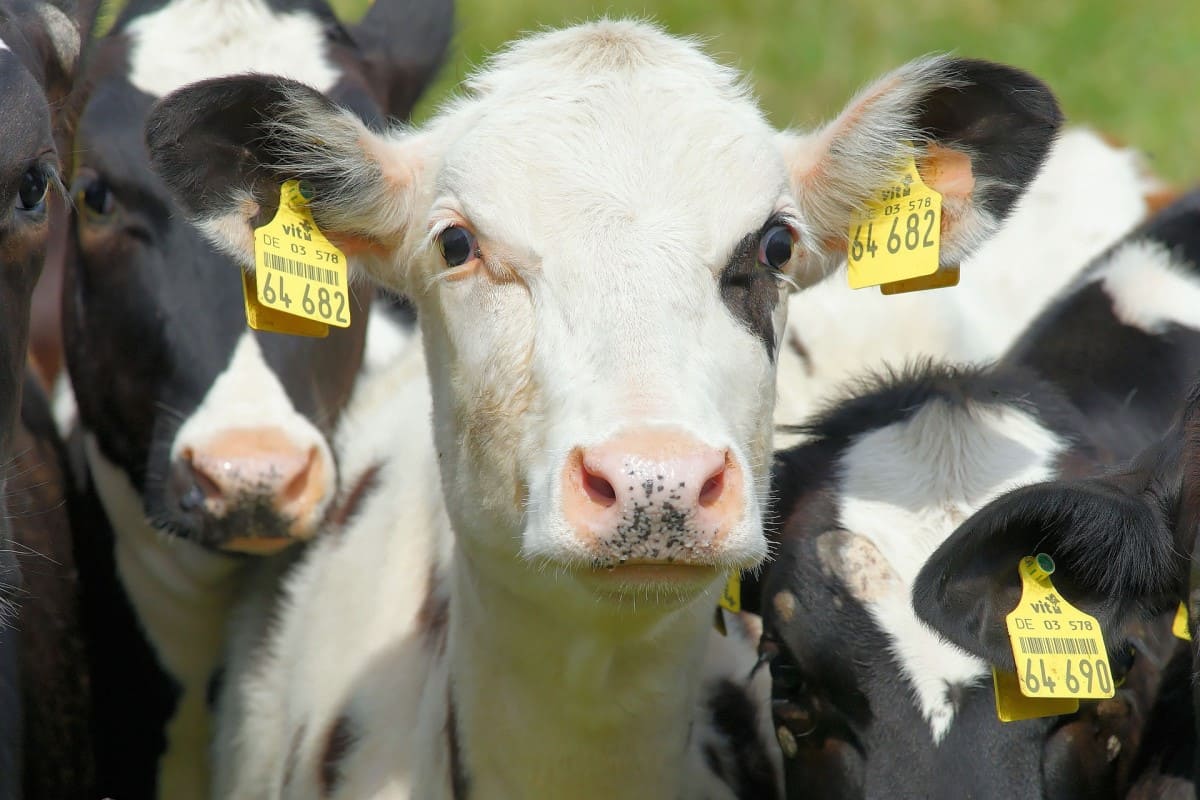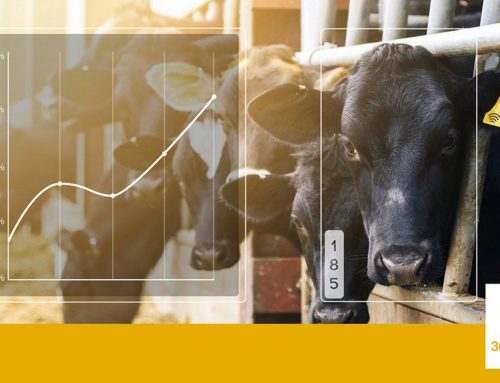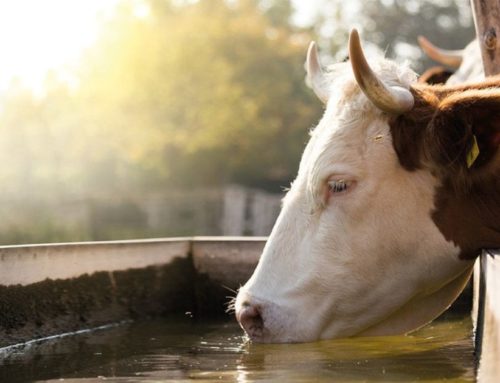The origins of cattle farming
Humans succeeded in taming and utilising aurochs over 10,000 years ago. The range of potential applications were diverse. The animals provided milk and meat, and were also ideal as draught animals. As such, cattle undoubtedly played a significant role in humankind’s permanent settlement. Our forefathers developed a large number of cattle breeds through breeding. The dairy cattle breeds we see today are therefore a snapshot in time of a decades long selection process, which will also continue into the future. Alongside this evolution, farmers have also developed sophisticated herd management techniques – often with the help of digital solutions – to facilitate efficiency gains in milk production while also paying close attention to the health of their dairy cow herd.
Breeding successes and current usage trends – specialised and multipurpose breeds
Nowadays, the practice of breeding dairy cattle is based on highly sophisticated methods. The foundations were laid back in the late 19th century with the establishment of breeders’ associations, which brought breeders together in a formal context and enabled them to compare their animals’ qualities and improve breeding successes. The introduction of milk recording was also a key turning point. It was introduced in Germany by the Allgäuer Herdebuchgesellschaft (Allgäu Herd Book Society) in 1884 and shortly afterwards by the Schleswig-Holstein associations. The core premise of improving the performance of dairy cattle breeds remains unchanged to this day. If anything, the concept of “performance” has a significantly broader definition. After decades of focusing primarily on milk performance – in Germany, the milk performance of a dairy cow was 8457 kg in 2020 – dairy cattle breeding is now focused on a much broader range of performance indicators. The emphasis is now on breeding animals that are healthier, more robust and more durable. This makes sense both in terms of animal welfare and in view of veterinary costs. The breeding methods have also changed over the years of course. Artificial insemination has largely suppressed the population of breeding bulls and embryo transfer is now used in specialist breeding programmes.
Dairy cattle breeding is also continuously geared towards changes in the environment and the needs of society. As such, the widespread departure in dairy farming from stanchion-tied housing to cubicle housing has led to changes in breeding goals. The consumer preference for more pasture rearing has also been reflected in breeding work. This specifically involves the use of cattle breeds from France, Scandinavia and Great Britain in cross breeding. It is also exciting to see how the latest technology influences cattle housing. The introduction of milking robots has placed a greater emphasis on teat placement. And the increasing use of computer-based methods for managing herds and herd health will presumably also make its mark on our breeding endeavours.

Photo by Karsten Paulick on Pixabay
Beef cattle and marketing strategies – development trends
In beef farming, the production focus lies on producing beef. The cattle breeds used in beef production mainly originate from France and Great Britain. In contrast, breeding in Germany has been predominantly focused on dairy-orientated dual-purpose breeds such as Fleckvieh and German Black Pied Dairy Cattle, from which the Holstein breed originates. The advantages of beef cattle are that they offer improved meat quality and carcass dressing. They are kept as pure-bred cattle and are increasingly used for cross-breeding with dairy cattle breeds.
Beef cattle offer unique advantages for premium meat production. A higher percentage of intramuscular fat in the meat of many breeds produces very tender, succulent meat. Both consumers and chefs rave about the extraordinary taste of the meat from these animals. Exceptional meat quality is often not rewarded via regular marketing channels, however. Direct marketing and regional marketing channels, on the other hand, do unlock some potential but it is important to take into consideration the increased labour costs associated with these channels.


